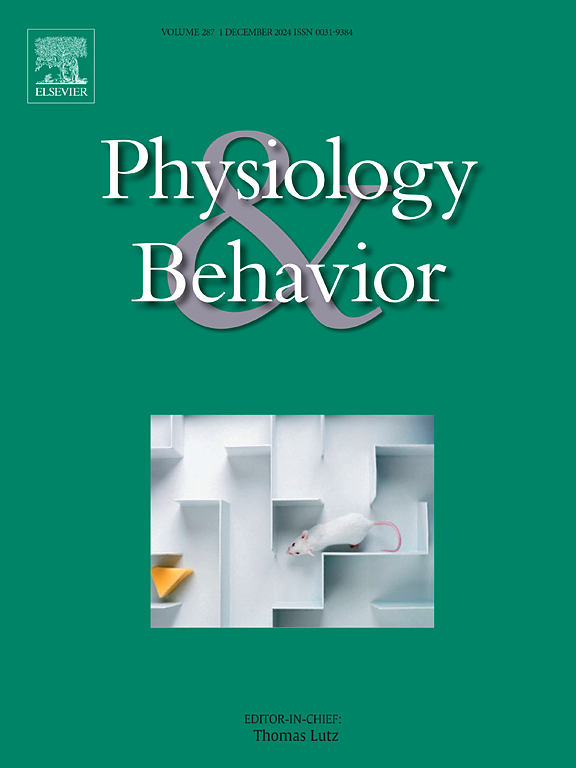音乐情绪和双耳节拍对学术广告的影响。
IF 2.4
3区 医学
Q2 BEHAVIORAL SCIENCES
引用次数: 0
摘要
人们对音乐如何影响我们的情绪、认知和情感进行了广泛的研究。由于音乐对情绪和认知的影响已被多次证实,它已被广泛应用,尤其是在广告中。近年来,音乐在广告中的应用大幅增加,目前有 86% 的广告都包含了某种形式的音乐刺激。我们的研究专门分析了广告中音乐情绪的影响,同时引入了双耳节拍这一新概念。这项研究在实验室环境中进行,采用了脑电图(EEG)和眼球跟踪等生物测量手段来加强研究。研究结果表明,平静的音乐与双耳节拍相结合,信息保持率和参与度最高,左前额β功率、相对θ功率和感兴趣区(AOI)停留时间百分比均有所提高。左额β功率与注意力和认知参与度的提高有关,而相对θ功率则与记忆编码的增强和放松有关。兴趣区域(AOI)停留时间百分比反映了参与者专注于广告关键区域的时间,表明注意力水平较高。尽管研究发现了音乐情绪与双耳节拍之间的独特联系,但带有双耳节拍的平和音乐对注意力和记忆保持最有利。这些发现为未来的营销策略,尤其是学术广告提供了宝贵的指导。本文章由计算机程序翻译,如有差异,请以英文原文为准。
The effects of music mood and binaural beats on academic advertising
How music affects our mood, cognition, and feelings has been studied extensively. Since the effect of music on mood and cognition has been demonstrated many times, it has found significant applications, particularly in advertising. In recent years, the use of music in advertising has grown significantly, with 86 % of advertisements now incorporating some form of musical stimuli. Our study specifically analyzed the effect of music mood in advertising while introducing the new concept of binaural beats. Conducted in a lab setting, the study incorporated biometric measures such as electroencephalography (EEG) and eye-tracking to enhance the research. The results revealed that calming music combined with binaural beats led to the highest levels of information retention and engagement, as indicated by increased left frontal beta power, relative theta power, and area of interest (AOI) dwell time percentages. Left frontal beta power is associated with increased attention and cognitive engagement, while relative theta power is linked to enhanced memory encoding and relaxation. The area of interest (AOI) dwell time percentages reflects the time participants focused on key areas of the advertisement, indicating higher attention levels. Although the study found unique connections between music mood and binaural beats, calming music with binaural beats produced the most favorable conditions for attention and memory retention. These findings provide valuable guidelines for future marketing strategies, particularly in academic advertising.
求助全文
通过发布文献求助,成功后即可免费获取论文全文。
去求助
来源期刊

Physiology & Behavior
医学-行为科学
CiteScore
5.70
自引率
3.40%
发文量
274
审稿时长
47 days
期刊介绍:
Physiology & Behavior is aimed at the causal physiological mechanisms of behavior and its modulation by environmental factors. The journal invites original reports in the broad area of behavioral and cognitive neuroscience, in which at least one variable is physiological and the primary emphasis and theoretical context are behavioral. The range of subjects includes behavioral neuroendocrinology, psychoneuroimmunology, learning and memory, ingestion, social behavior, and studies related to the mechanisms of psychopathology. Contemporary reviews and theoretical articles are welcomed and the Editors invite such proposals from interested authors.
 求助内容:
求助内容: 应助结果提醒方式:
应助结果提醒方式:


